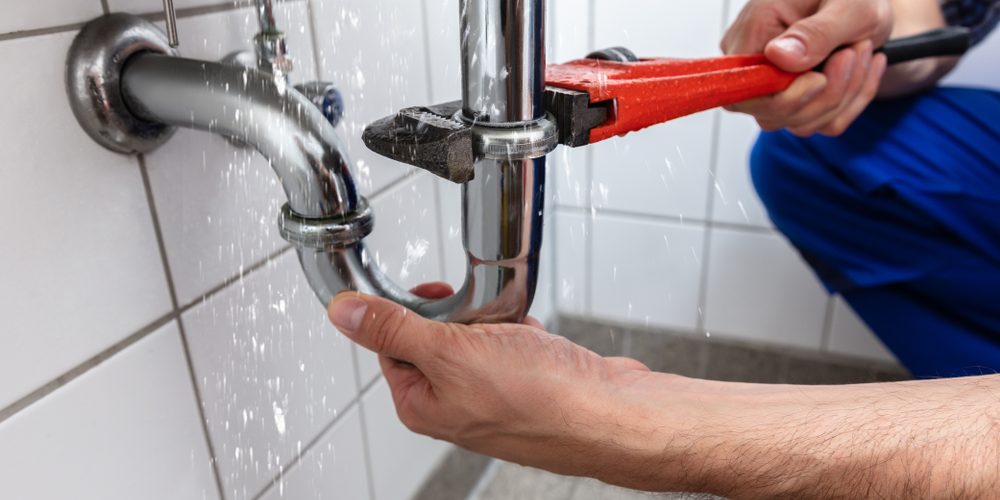Plumbing: PVC piping With the Right Effects
December 15, 2021

PVC (polyvinyl chloride) pipes are used to supply water to a home and also serve to evacuate wastewater. Lightweight, resistant, waterproof, anti-corrosion and easy to install, PVC is a material that effectively replaces lead, zinc or steel.
The different types of PVC pipes
There are different types of PVC piping. First of all, there are pipes for the evacuation. Here, we must distinguish between:
- The model intended for the evacuation of rainwater (PVC-EP)
- The one dedicated to the elimination of corrosive fluids and liquids (PVC-C)
- And the pipe used for waste water (PVC-EU).
Then comes the PVC used for spreading septic tanks (perforated PVC) and that used for the water supply (hot or cold). In the latter case, a distinction must be made between pressure PVC, superchlorinated PVC or even PVC-C, CPVC and HTA2.
The advantages of PVC pipes and fittings
PVC pipes and fittings have been widely used in recent years. Renowned for its lightness and its ease of working and installing, PVC is often reserved for the evacuation of wastewater and rainwater. Very economical, it has the advantage of not requiring any welding, which makes its installation possible by experienced handymen, without necessarily calling a professional. This is the material that replaced the lead pipes, which are now banned.
PVC has excellent sound insulation, even better than that of copper. On the other hand, it is very sensitive to UV, which makes its use impossible for exposed pipes. Unlike copper, it does not withstand strong pressure and heat and will therefore tend to expand and deform.
There are two types of PVC:
Classic PVC
Superchlorinated PVC (PVC-C), more insulating and resistant than conventional PVC, it can be embedded without protection.
What are the advantages of PVC pipes and fittings?
PVC is a material that is easy to transport, install, work and set up thanks to its lightness and great malleability.
It does not require any fitting.
Its cost is very attractive since this material is economical.
It is an excellent sound insulator that muffles the sound of water.
It comes in a multitude of colors, a little more aesthetic. It can even be painted to adapt to changes in your interior design.

How to choose the right pipe?
In addition to choosing the right model according to the use, it is also necessary to take into account the diameter. Five main sizes are available: 32; 40; 50; 63 and 100 millimeters.
Whatever model you choose, it is important to choose pipes that meet current standards. Three key pieces of information should be mentioned on the tube:
- The NF standard
- The model
- Diameter and thickness.
In all cases, PVC differs from other materials by lower price, easy transport and assembly and a wide choice of pipe models. The choice of the diameter and the installation are two essential points which make it possible to facilitate the flow of water and prevent limestone from accumulating and clogging the pipes.
Installation of a PVC pipe
Although laying PVC piping is fairly easy, you still need to have some knowledge of plumbing. You should know for example that this material does not withstand heat and should especially not be welded. Then there is a complexity to take into consideration: PVC tends to expand.
In addition, a sliding assembly must be provided if the distance between two fixed points exceeds one meter, the fixing then being done using loose clamps. It should be noted that there are limit distances not to be exceeded between two fixed points: four meters for a vertical pipe, three meters for an emptying and eight meters for horizontal collectors.
For the fittings, the choice is of pvc pipe fittings malaysia possible between metal clamps and lyre clamps, knowing that they must not be installed on the elbows. And there must be a minimum spacing of 15 centimeters between two collars.


